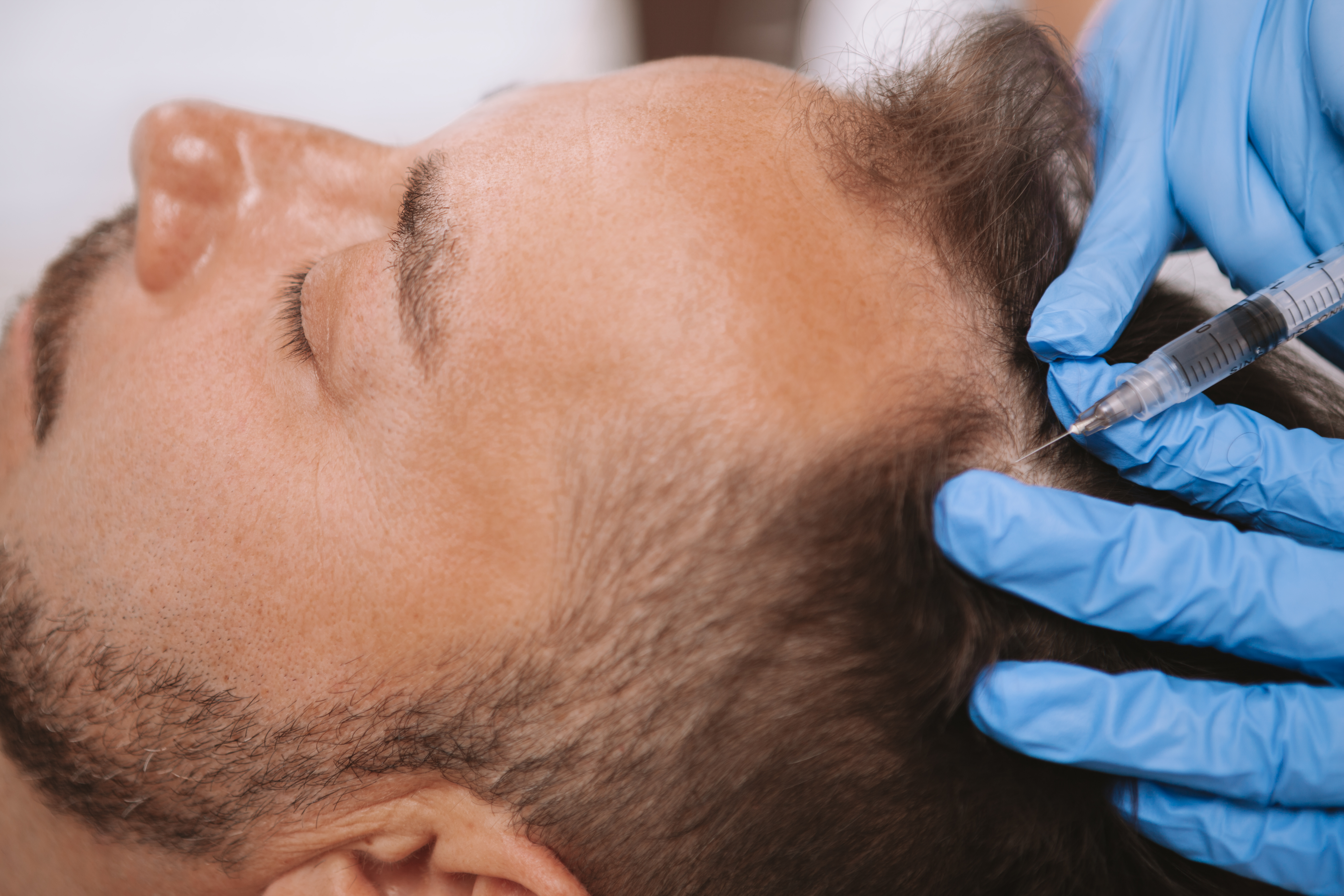Platelet-rich plasma therapy is among some of the popular supplementary treatments to hair transplants that are expected to bring about desired effects. However, unlike OxyCure therapy, PRP was initially designed as a treatment for athletic injuries. Shortly after its application in the field, it was inherently launched for, the applications of the treatment grew as its potential became pronounced. Apart from healing wounds, repairing tendons, and speeding recovery for injured athletes, PRP was soon recommended for rejuvenation and supplementary treatments to hair transplants.
What is PRP therapy
Platelet-rich plasma is a treatment that utilizes the body’s reservoir of growth factors to stimulate and promote proliferation in treated areas. Growth factors are naturally occurring extra-cellular signaling proteins that bind to cells to promote metabolic activity. Growth factors present in the blood are of a relatively miscellaneous collection and hence so are their applications. Whether to stimulate collagen production, accelerate wound healing, repair muscle damage, or promote proliferation.
What is the procedure of PRP therapy
To obtain the essence of growth factors, a tube worth of blood is first drawn from the patient. The collected sample is then centrifuged to separate the content of the blood from platelet-rich plasma, and the extract is injected in the area to be treated. The procedure takes around an hour.
Side effects are not present as the treatment uses growth factors extracted from the patient.
What is PRP therapy used for
PRP therapy is used for the following:
1-Treating multiple categories of alopecia
2- An adjunct treatment to hair transplants
3- Treating tendon injuries
4- Treating muscle injuries
5- Treating joint injuries
6- Skin rejuvenation

PRP therapy and hair transplants
Typically patients are administered to one PRP session the day following the surgery. Platelet-rich plasma constitutes a versatile array of growth factors. Some of the most influential in the hair growth process and even healing are platelet-derived growth factors (PDGF), Insulin-like growth factor (IGF), Epidermal growth factor (EGF), and vascular endothelial growth factor (VEGF).
In terms of hair transplants, this translates to multiple advantages. Now initially since the translocation process cuts direct supply from their original region and relocating them to a new area with no connections to any blood source. Naturally, this would be harsh for grafts, which why supplementary treatments are recommended in this time period. Growth factors can stimulate the production of various influential compounds and proteins necessary for recovery and survival in this period. However, in comparison to OxyCure, the latter remains a superior option as an adjunct treatment, since it was initially designed for this purpose and unlike PRP therapy, later found its way to the field.
In terms of recovery periods, the growth factors in platelet-rich plasma do accelerate healing. Although it is important to note that OxyCure has, to date, the most significant effect on healing after hair transplants. OxyCure would hasten recovery by at least 50-70%. PRP therapy, on the other hand, can accelerate recovery by 20-30%. The effects of PRP therapy are also local, whereas the effects of OxyCure are widespread.


